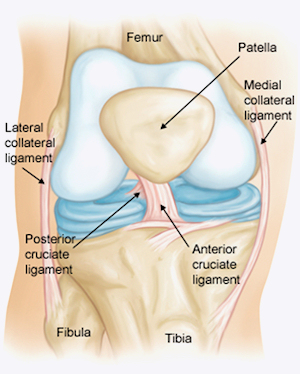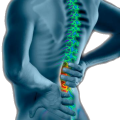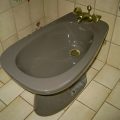Knee arthroscopy is a minimally invasive procedure to insert a scope into the knee to observe the knee’s condition as a result of accidental injury, daily wear and tear or arthritic condition and to access the appropriate treatment to restore the knee to full use.

As a vital, load-bearing joint, the knee is susceptible to many damaging and injurious conditions that will precipitously, or over long endurance, cause failure to the point of losing support and use of one or both knees.
If arthroscopic treatment alone will repair or restore the knee to full use, a number of different procedures can be applied based upon the initial examination by the scope. These procedures include partial soft tissue removal, and ligament and/or cartilage repair or reconstruction, all as minimally invasive surgery. Of these procedures, one set of procedures will be discussed in more detail.
A meniscectomy is the most common of arthroscopic procedures performed. The meniscus consists of two soft-tissue shock absorbers attached to the top of the tibia (shin bone) and on which the cartilage on the base of the femur (thigh bone) rotates. The meniscus may tear by damage to the knee, preventing full motion and eventually causing pain.
In some cases, merely trimming the torn meniscus tissue portion will resolve the issue, restoring full knee function and eliminating the pain.
However, if observation by arthroscopy determines that trimming, alone, will not resolve the issue, a more involved meniscectomy procedure will repair the torn meniscus by suturing the tear, which will then allow the meniscus to heal over time. In this case, the suture material will dissolve over time, preventing the necessity of physical removal by another arthroscopic procedure.
Finally, if even repair of the original meniscus is determined to be ineffective, due to extreme damage to the meniscus, a meniscus transplant will be performed. This more sever procedure requires a meniscus donor. However, unlike most organ and tissue donations, there is no blood-matching requirement because the meniscus is not living tissue and is, therefore, only rarely a tissue rejection concern. In this case, the damaged meniscus is completely removed and the transplant is sutured into place and allowed to heal as noted above with dissolving suture material.
In all three cases of light to severe menisceptomy, the patient can expect rapid healing and return to normal function of the knee as if the injury had never occurred. A competent orthopedic knee surgeon is particularly adept with training and experience in the performance of arthroscopic meniscectomy, conducting all three of these procedures on numerous patients with excellent results.
A knee surgeon knows that because the knee is an essential load-bearing joint in the human body, the treatment and post-operative care of the knee after arthroscopic menisceptomy, or any other knee treatment procedure he is skilled to perform as noted above, serves a vital function in a patient’s ongoing quality of life. A professional orthopedic knee surgeon should be consulted for an appointment to review any knee treatment concerns.
































No Comments
Leave a comment Cancel